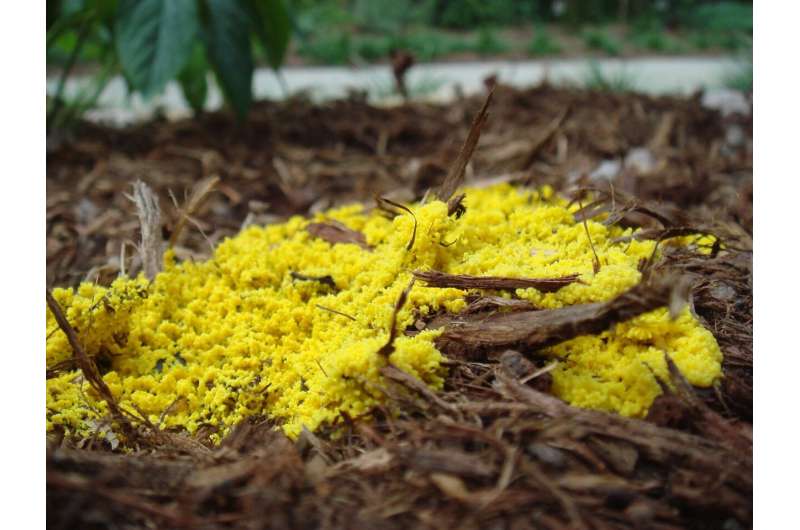Global spread of powdery mildew through migration and trade

The worldwide distribution of one of the most important cereal pathogens is the result of human activity. Researchers at the University of Zurich have traced the history and spread of wheat powdery mildew along wheat trade routes and found that mixing of genetic ancestries of related powdery mildew species played a central role in the evolution and adaptation of the pathogen.
Wheat is one of the world's most important staple foods—its significance for global food security was recently thrown into focus by the loss of grain exports from Ukraine due to the war. A more common threat to crops are fungal diseases, which can result in economic losses and famine. One of the most destructive pathogens is powdery mildew, a fungus which drastically reduces crop yields.
Agricultural arms race
To prevent infestation, huge sums are currently invested in the breeding of mildew-resistant grain varieties. In order to infect the crop plant, the pathogen must be an optimal match for its host—with resistant varieties, the fungus cannot attack. But powdery mildew constantly and rapidly adapts to new hosts. To be able to keep the disease under control in the long term, it is vital that scientists gain a better understanding of the pathogen. This is where historical data is crucial: powdery mildew is as old as wheat itself, but until now, it was not known how it had been able to spread worldwide on different grains.
A modern globetrotter
A research team led by Thomas Wicker and Beat Keller of the University Research Priority Program (URPP) Evolution in Action at the University of Zurich has now managed to uncover the secret of the wheat mildew's success. To do so, they compared the genetic composition of 172 powdery mildew strains from 13 countries on five continents. "With our analyses we were able to prove that the mildew first appeared around 10,000 years ago in the Middle East, which is also the birthplace of agriculture and modern wheat," explains Alexandros Georgios Sotiropoulos, Ph.D. candidate at the Department of Plant and Microbial Biology. "In the Stone and Bronze Ages, agriculture spread to Europe and Asia. The pathogen was also spread to these new regions through human migration and trade. Around 300 years ago, European settlers introduced powdery mildew along with wheat to North and South America."
Adaptation through rapid evolution
The data confirmed what had previously been suspected: as wheat was introduced to more and more corners of the Earth, powdery mildew was brought with it and underwent hybridization along the way, i.e. it genetically mixed with local powdery mildew species and formed hybrids that are better adapted to local agricultural environments. "This appears to be the cause of the rapid evolution of powdery mildew's pathogenicity," explains Kentaro Shimizu, co-director of the URPP. "A particularly clear example of this is seen in the many American wheat varieties brought to Japan over the past 120 years for cross-breeding with traditional East Asian wheat. The powdery mildew from the U.S., which was also imported, hybridized with the resident Japanese mildew strains, and the resulting hybrids successfully attacked newly bred wheat varieties."
To study the spread of powdery mildew, researchers used theoretical analyses originally created to study the evolutionary history of mankind. "Our study shows once again that collaboration between academic disciplines and the use of unconventional methods to research complex topics offers great potential and has implications for modern crop breeding," says Kentaro Shimizu.
The research was published in Nature Communications.
More information: Alexandros G. Sotiropoulos et al, Global genomic analyses of wheat powdery mildew reveal association of pathogen spread with historical human migration and trade, Nature Communications (2022). DOI: 10.1038/s41467-022-31975-0
Journal information: Nature Communications
Provided by University of Zurich




















